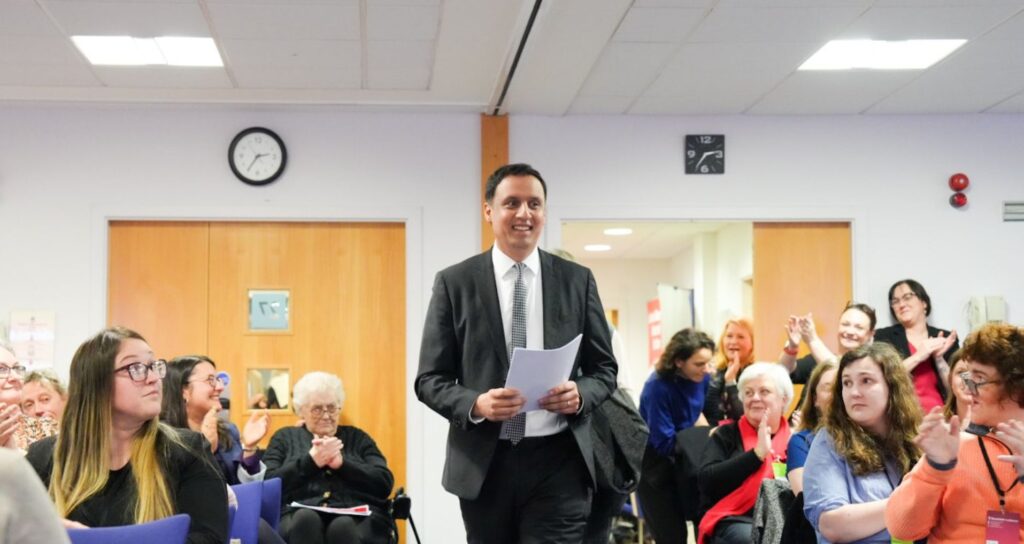It came with a whisper, not a bang, but on Thursday, 25 July 2024, in a brisk 11-minute-long debate, the future of hereditary peers in the House of Lords was effectively sealed.
Baroness Smith, the Labour Lords leader, moved to change the standing orders of the House, amending the requirement for so-called ‘hereditary by-elections’ to be held not within three, but eighteen months of an absence.
While this might seem like a minor administrative change, it is in practice the first major step taken to reform the House of Lords since 1999, ending not just the bizarre constitutional hiccup of hereditary by-elections, but perhaps hereditary peers themselves.
How did we get here?
For centuries, the members of England’s, and later Britain’s nobility, would form Parliament’s upper house, once the more powerful chamber in Parliament. It wasn’t until 1958 that the modern incarnation of life peers was instituted, with new Lords, whose seats would not be passed down in the family, getting appointed.
By the 1990s, hereditary peers only formed about half of the House. They essentially had the same exact rights and privileges as appointed life peers – they could vote on laws, participate in debates, propose bills, and otherwise influence this country’s legislation. They also get a cool, untaxed £300 for every day they showed up at Westminster.
This archaic system was widely recognised as inappropriate, and accordingly, Labour promised in its 1999 manifesto that “the right of hereditary peers to sit and vote in the House of Lords will be ended by statute.”
Unsurprisingly, this faced enormous opposition from the peers who were about to lose their job. In the end this whole-sale ejection was watered down, keeping 92 aristocrats in Parliament. Since then, whenever one of them retired or died, members have voted to pick their replacement through a by-election in which only aristocrats could stand.
This arrangement was meant to be a temporary solution before a supposed ‘second-phase’ of Lords reform – reform that never arrived, despite several attempts, during the latter Blair years, by the Coalition, and the Tories.
As a result, Labour’s 2024 manifesto seems to be suffering from a case of deja-vu: the party once again promised to “remove the right of hereditary peers to sit and vote in the House of Lords,” along with a forced retirement age at 80.
Who is Starmer sacking?
There are 89 hereditary peers currently sitting in the Lords. 34 of them were spared from the original cull, while 18 were kicked out in 1999, only to come back through a by-election.
Since the retirement of the Countess of Mar in 2020, all hereditary peers are men, and all of them white. The party distribution has been frozen by convention since 1999, with departing hereditary peers being replaced by members of the same party.
Since 1999, a handful of hereditary lords have contributed to government, usually as junior ministers – Rishi Sunak hired three: the 7th Earl of Minto was a minister in the Business Department, the 5th Viscount Younger as a benefits minister in the DWP, and the 5th Viscount Camrose served as Minister for Artificial Intelligence.
The last hereditary lord to have served in Cabinet was the 2nd Earl of Gowrie, who served as Chancellor of the Duchy of Lancaster in the 1980s, while the 6th Baron Carrington who served as Thatcher’s Foreign Secretary, also happened to be the last peer to occupy a Great Office of State until David Cameron returned to government.
Since 1999, Labour has not put any hereditary lords in Government, though the 3rd Lord Grantchester, a billionaire dairy farmer, served as an Opposition Whip in the Lords from 2010 to 2021.
A quick tidy-up or ‘constitutional vandalism’?
The ideological argument for getting rid of hereditaries is very simple: while most life peers have been accomplished in their careers prior to entering the Lords, whether it was in politics, business, or even entertainment, hereditary lords are there simply because of who their dad was. All of them male and pale, and usually stale, they do not reflect the diversity of these islands. This de-legitimises the House in the public’s eyes, and puts into doubt the crucial scrutiny of the lower house’s legislation that it undertakes.
Practically, if implemented along a forced retirement at 80, the plan would also shrink the House, from its current hulking size of 786 down to a more manageable 550.
Alternatively, Labour could recede to a plan proposed by Lord Grocott, one of the original 1999 deal’s architects, who was Blair’s PPS at the time. For over a decade, Grocott has been promoting various versions of his House of Lords (Hereditary Peers) (Abolition of by-elections) bill. By postponing by-elections indefinitely, the bill would effectively rid Parliament of hereditary peers as they died or retired.
If implemented, that would give Jasset David Cody Ormsby-Gore, the 7th Baron Harlech, the doubtful honour of being the last hereditary peer to sit in the House of Lords, when he hits 80 in 2068.
According to Labour, these will be the last of the seemingly endless ‘piecemeal’ reforms of the Lords, with the next step being some sort of elected chamber, perhaps along the lines of the ‘senate of nations and regions,’ as proposed by Gordon Brown.
But considering the history of attempts of meddling with the upper chamber, perhaps a farewell to the aristos will end up being all that Starmer delivers – only time will tell.



